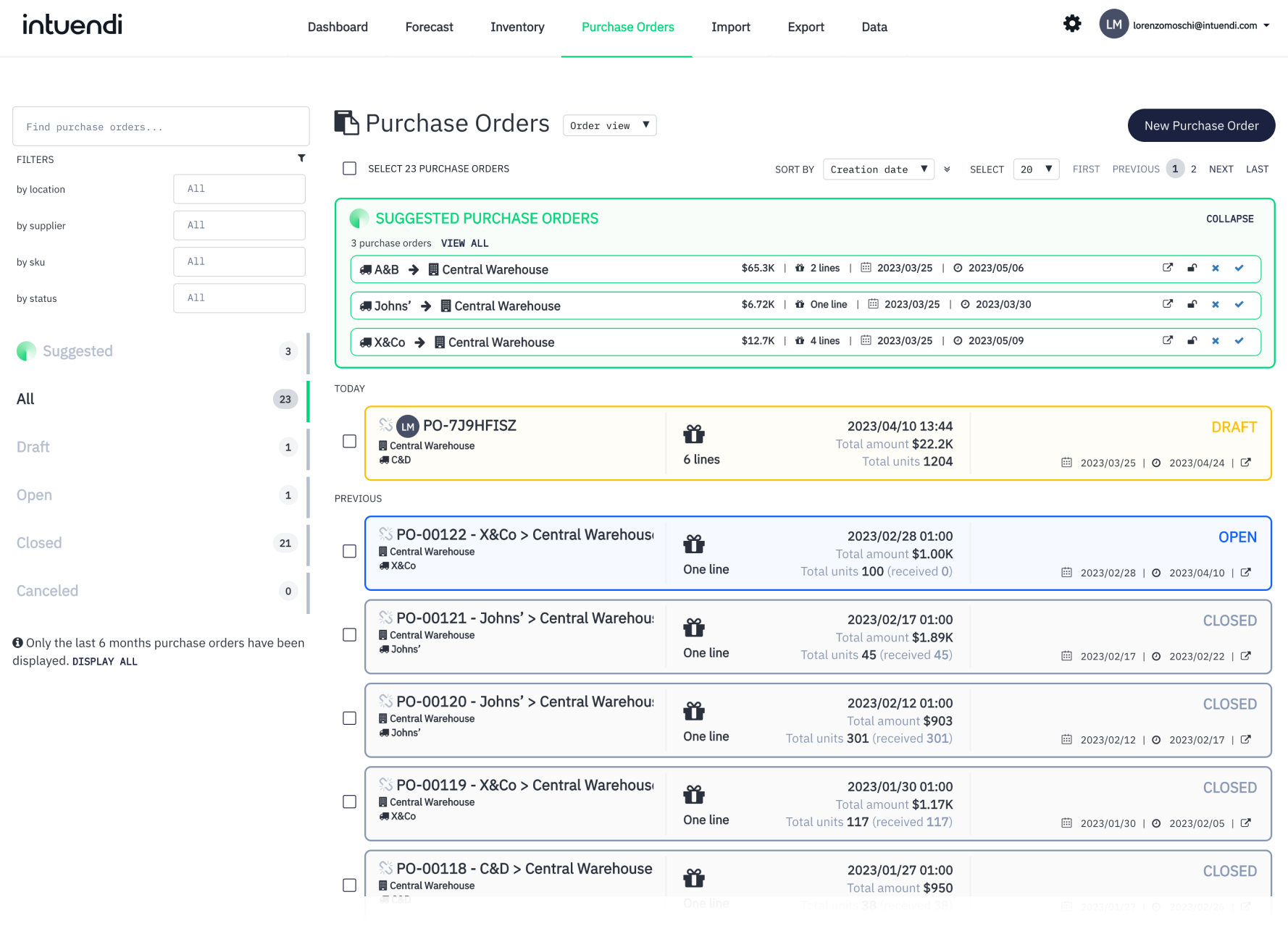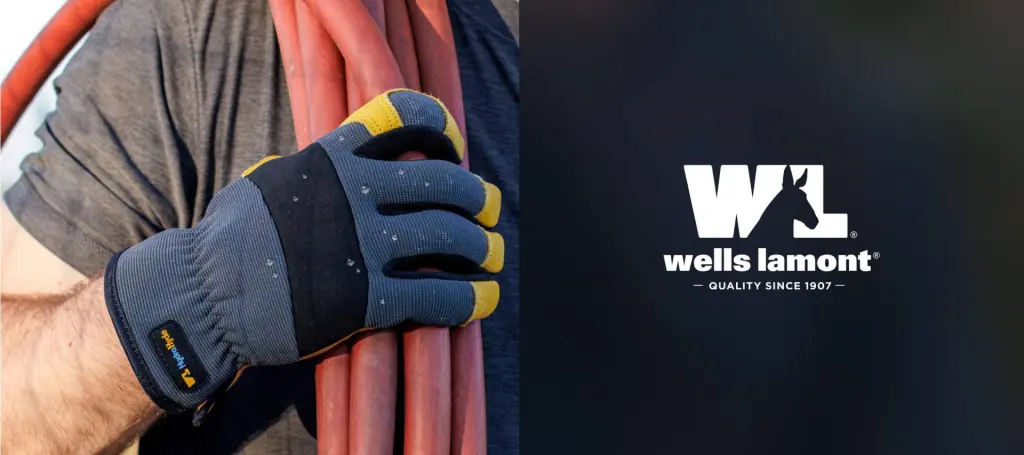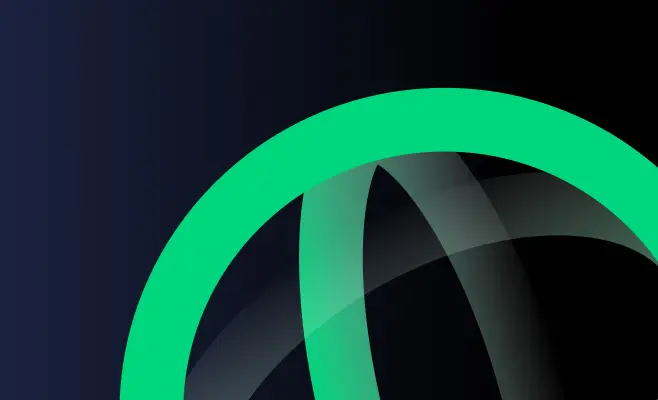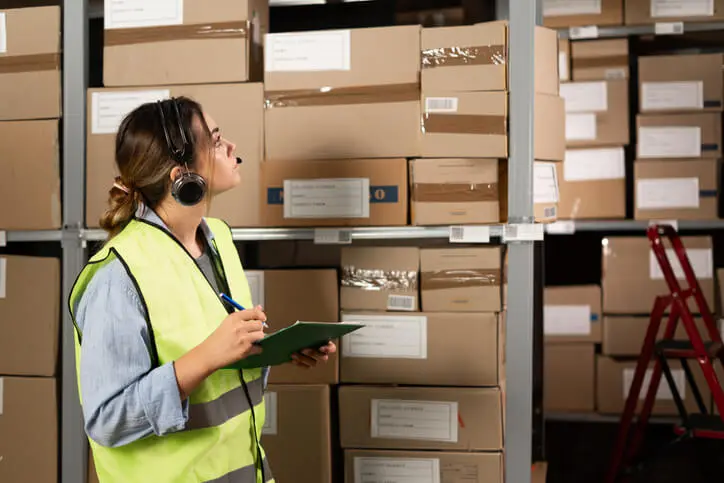As a buyer, a purchase order is one of the important documents needed to help track a transaction between your company and the seller that you are purchasing from. The benefits brought about by the use of a purchase order include: the tracking of expenses and budgeting, as well as creating a seamless flow of supplier management. The purchase order helps ensure that ordered goods or services are delivered timeously and as expected. With the importance of a purchase order being established at the forefront, this does beg the question, ‘What is a purchase order?’
A purchase order is a legally binding document issued by a buyer to a supplier specifying the details of a purchase. These details may include what is being purchased, as well as the quantity, price, payment terms and delivery date of the purchase. Any other relevant terms and conditions will also likely be added into the purchase order document. A poignant function of the purchase order is that its legal nature allows both the buyer and seller to keep accurate records for auditing and financial statements. This contractually binds both the buyer and seller to the purchase order agreement, helping to mitigate any issue that might prevent the buyer from acquiring their requested goods or service within the expected time-frame.
Some of these complications may include miscommunication, supply shortages, and scheduling delays. Purchase orders provide an opportunity to the seller to ensure and communicate that they are able to fulfil the listed requirements of the purchase order, as well as allowing the buyer to adapt business operations to the agreed-upon timeline between the two parties.
Purchase Order Number
One of the mechanisms put in place to ensure that a purchase order helps maintain a smooth flow of operations from seller to buyer is through the use of a purchase order number. A purchase order number is a unique identifier or reference number assigned to a specific purchase order. Both parties are able to use the purchase order number to track the progress of the order, while also allowing an opportunity to confirm that the correct goods or services are being provided.
Most-often generated by the buyer’s purchasing system, a purchase order number is included on the document sent to the supplier and helps facilitate communication between the buyer and seller, therefore aiding in the assurance that the transaction is completed both accurately and efficiently. The purchase order as a unique identifier allows for a quick and easy reference to the purchase order, aiming to remove any confusion or errors that could arise as a result of miscommunication.
Purchase Order and Invoice: What is the Difference?
To avoid any unnecessary confusion, it is important to establish from early-on that a purchase order and an invoice are two separate forms. Most often confused for the same document, both a purchase order and invoice are fairly similar in content. However, it is not the content by which these two documents are defined, but rather the functions and purposes they serve – thus reinforcing the importance of highlighting the differences of these documents.
As previously explained, a purchase order is a document issued by the buyer or the client to a seller or vendor that outlines various aspects, terms and details of what is intended to be purchased. Essentially, a purchase order fulfills the role of a contract between the buyer and seller. A purchase order, additionally, provides a record of the transaction for both parties.
An invoice, on the other hand, is a document not issued by the buyer, but the seller. It is handed from the seller to the buyer once the good or service has been provided. An invoice generally serves as a request for payment for the goods or service delivered, including some important aspects of the transaction that might also be found on the purchase order. Some of these points included the quantity, price, payment terms and due date. It may also include information on penalties or discounts that may come into play should a late payment come into play. An invoice’s importance lies in tracking revenue and accounts receivable for the seller.
Therefore, the main differences between a purchase order and an invoice is the timing of when they are issued, as well as which party of the transaction has issued the document. A purchase order is issued by the buyer before the goods or services are provided, whereas an invoice is issued by the seller after the goods or services have been provided. Moreover, a purchase order serves as a request to buy goods or services, while an invoice is a request for payment for goods or services that have already been provided.
Purchase Order Template
The paragraphs above provide great detail of the uses of a purchase order, however, the components, format, and layout are yet to be elaborated upon. It is, therefore, of utmost importance that we provide a description of a purchase order template, as well noting the necessary attributes thereof.
Beginning with the header: This section establishes the buyer company, listing the company’s name and physical address, the purchase order date, as well as the afore-mentioned purchase order number.
Following the header, the purchase order will cover the vendor’s information: Here, the purchase order includes the name and address of the supplier company, as well as their contact details.
Ship to: This will specify the address of where the order needs to be shipped. Additionally, it provides information on the shipping method and the shipping terms. It is here that the intended delivery date would be included as well.
Order details: Within the order details section, each product or service listed should have a corresponding SKU number along with the product name and description. It is also in this section where the quantity is generally specified, coupled with the price per unit.
Summarise: All totals, extra costs, comments, and notes are to be added towards the bottom of the purchase order document, summarising the most important aspects of the PO.
Here is a list of other information that should be considered being included into a purchase order: the date, tax information, and signatures.
Click here for a purchase order sample or template designed by Nitro PDF.
How a Purchase Order Works
A purchase order document does have to follow somewhat of a process before being approved. Once the need for goods or services is identified, a purchase request is generated and reviewed by the appropriate personnel. Once approved, a purchase order is created including all the necessary afore-mentioned details. After approval is received from all relevant parties, the purchase order is sent to the supplier for final approval and fulfilment. After the goods or services are received, they are inspected and matched against the purchase order to ensure correct delivery. Any discrepancies are noted and reconciled with the supplier. Finally, once the order is received and accepted, the supplier sends an invoice to the buyer. The invoice is reviewed for accuracy and is then processed for payment. After the payment is made, the process is complete.

Most ERPs and Purchase Order tools provide and automated process for preparing, reviewing and approving a purchase order” linkando “Purchase Order tools
Conclusion
By providing a detailed description of goods being ordered, their price, quantity and delivery plans, purchase orders’ importance lies in their ability to help businesses streamline their procurement process through reducing errors and fostering better communication and transparency between suppliers and buyers. If you want to learn more, contact us, and an expert will get in touch with you.







